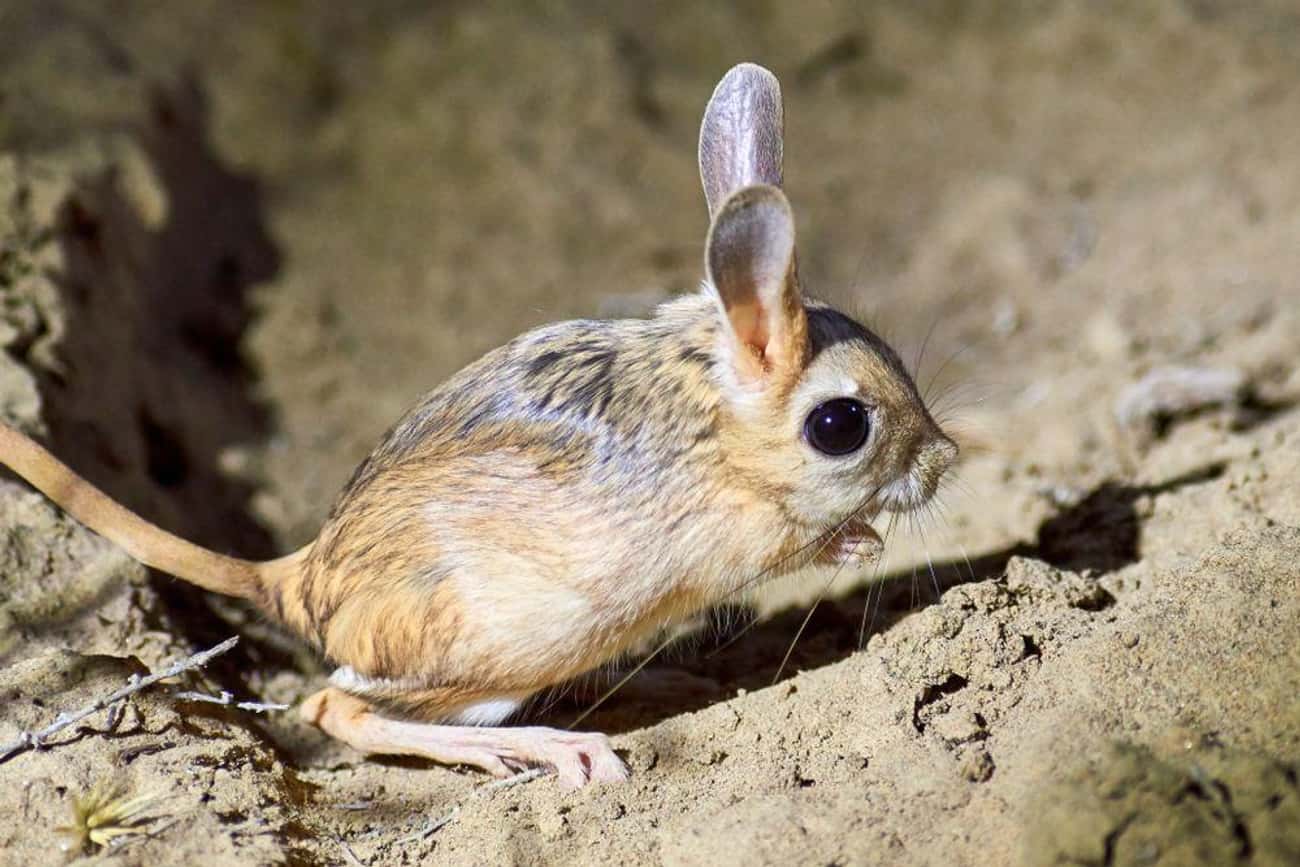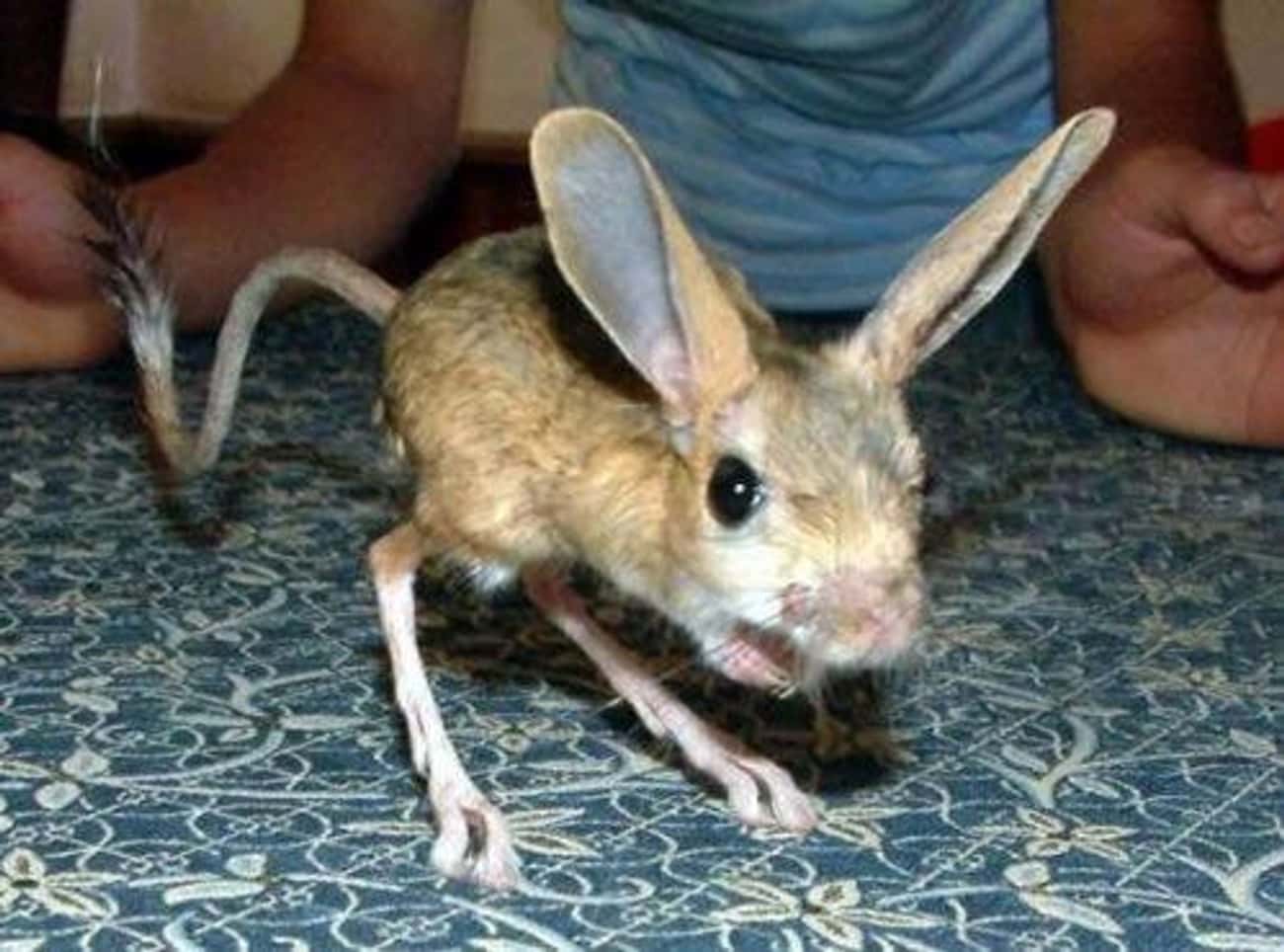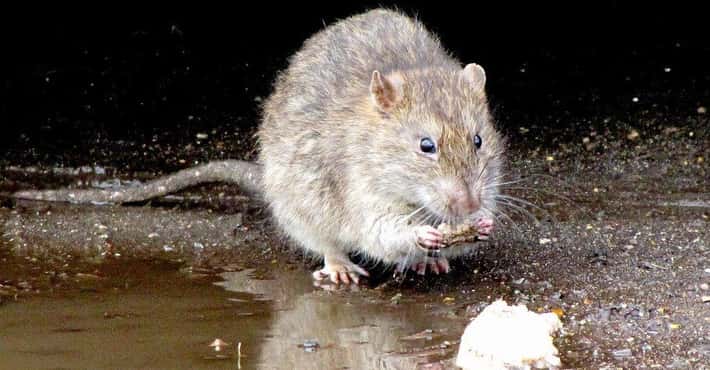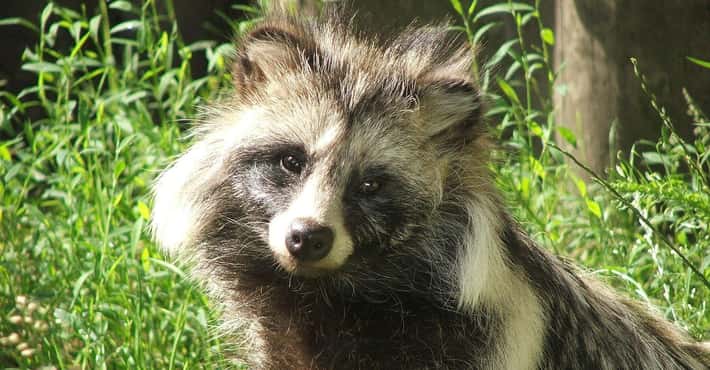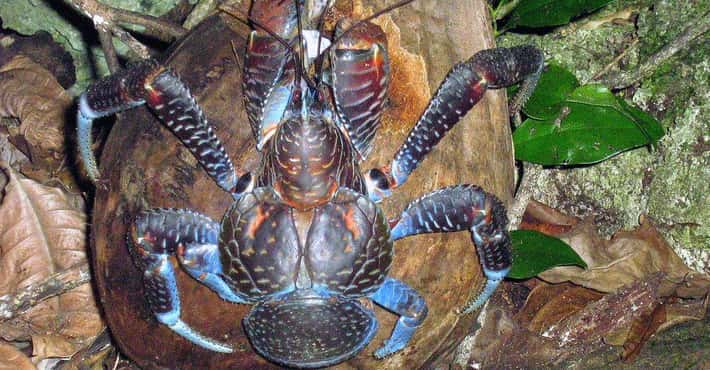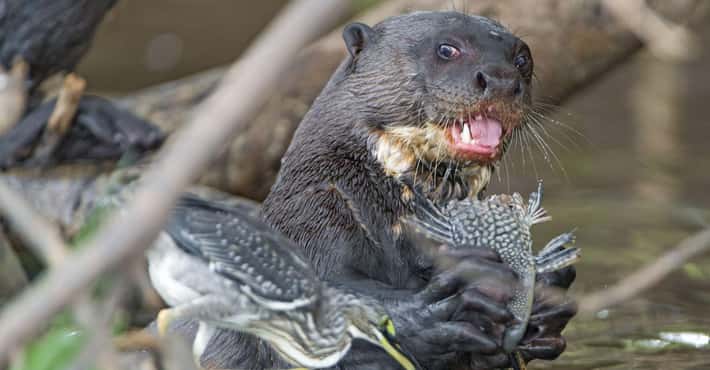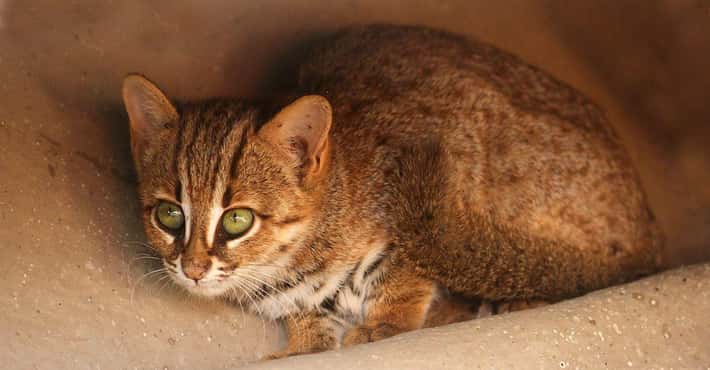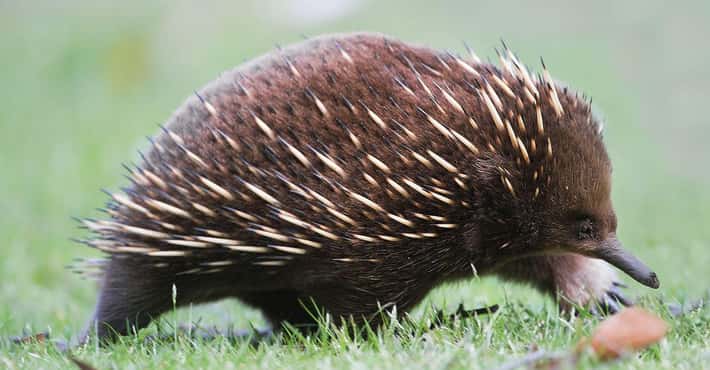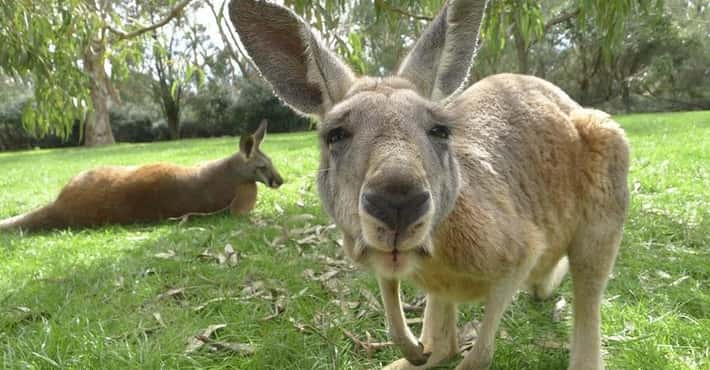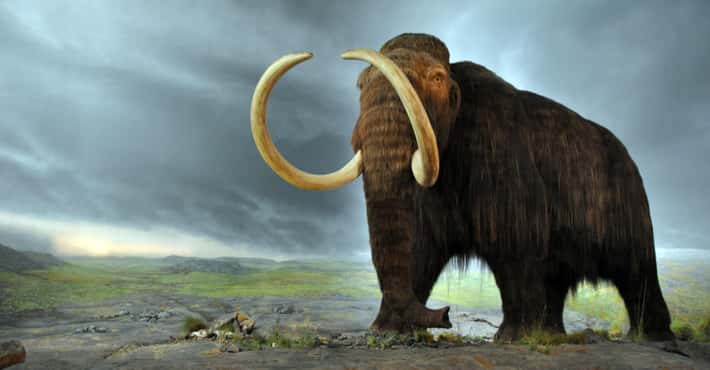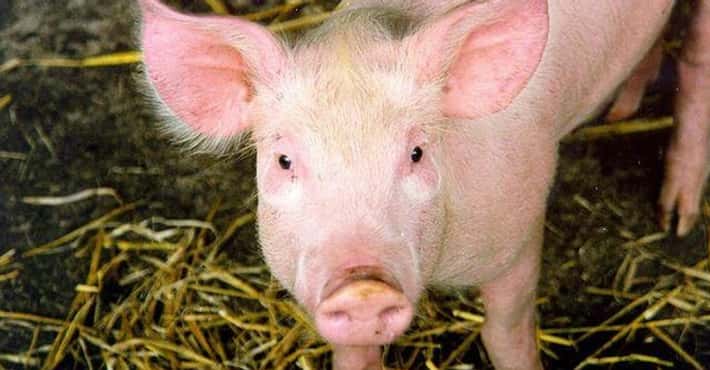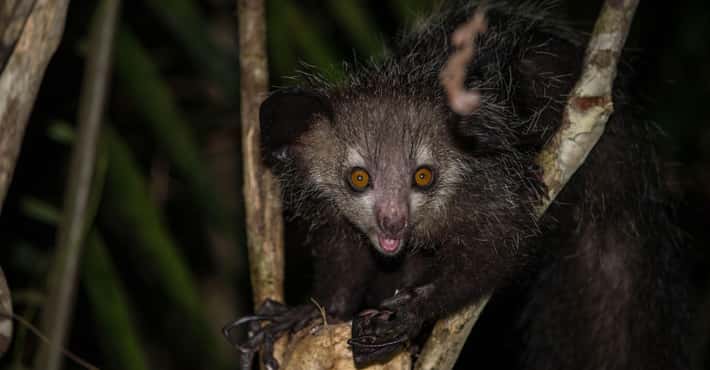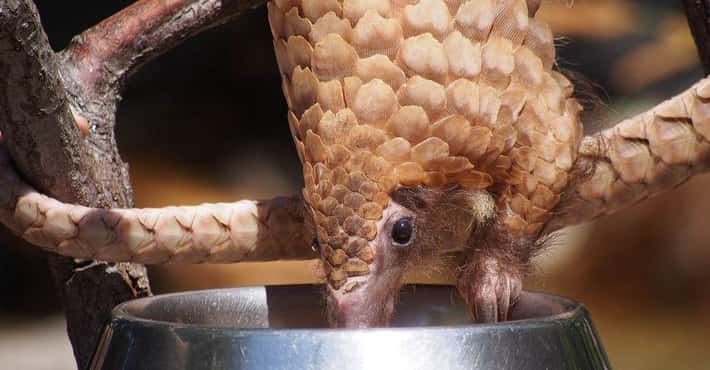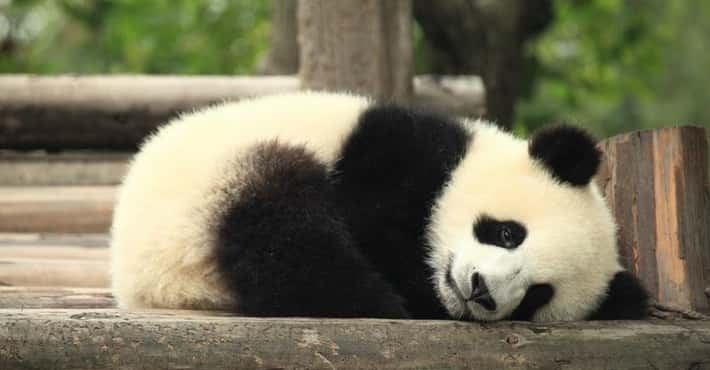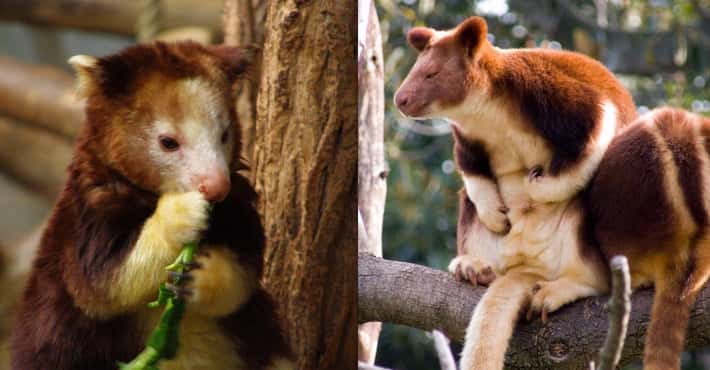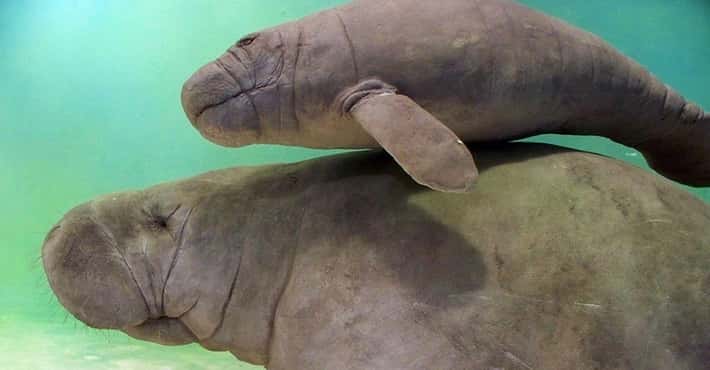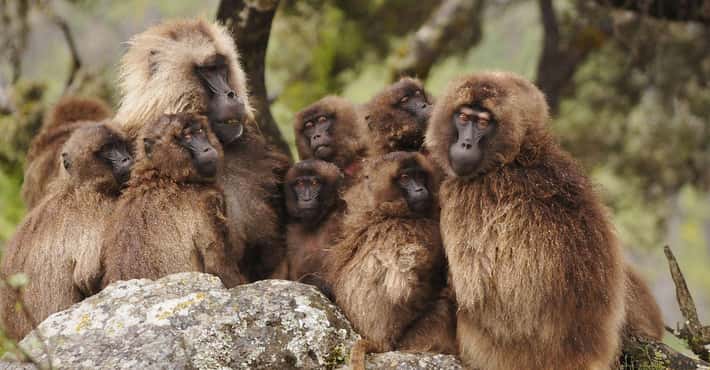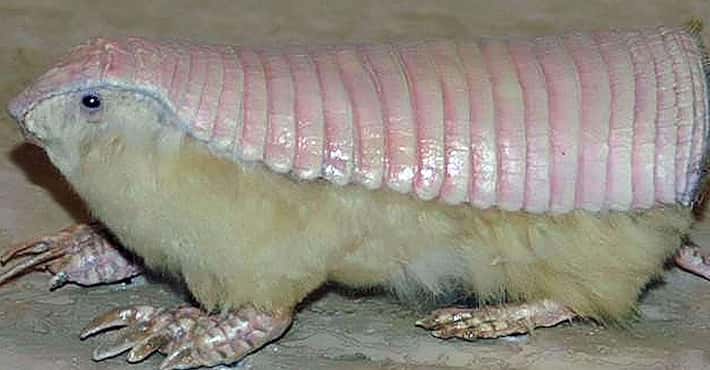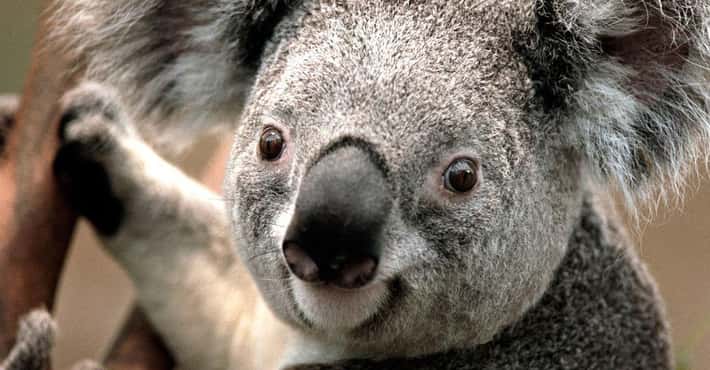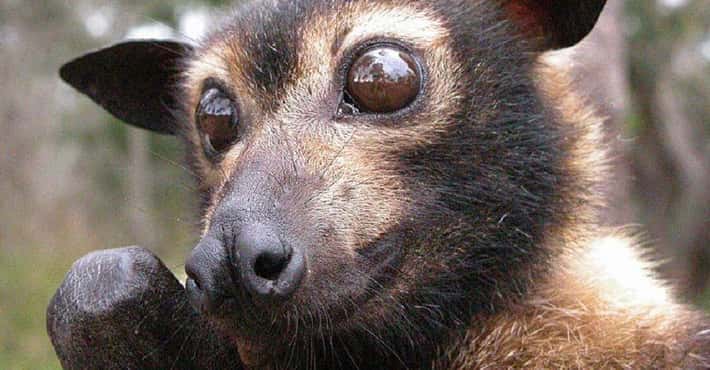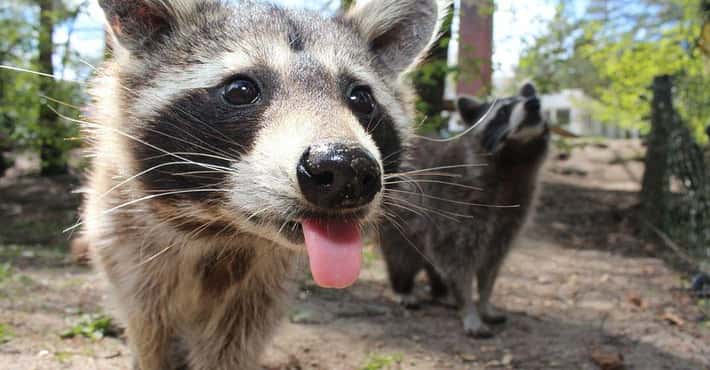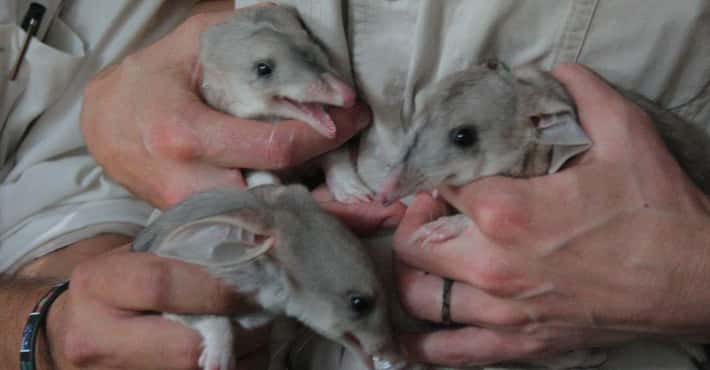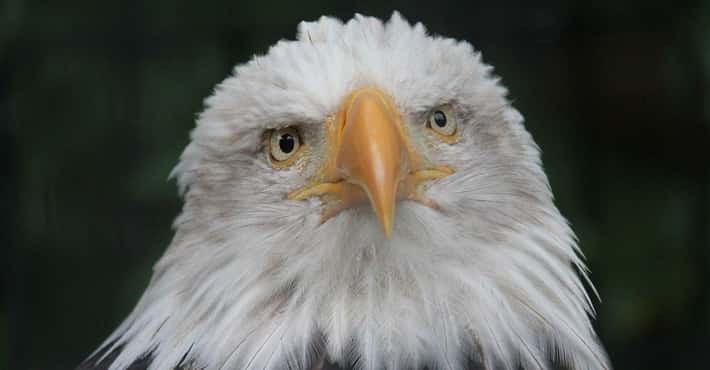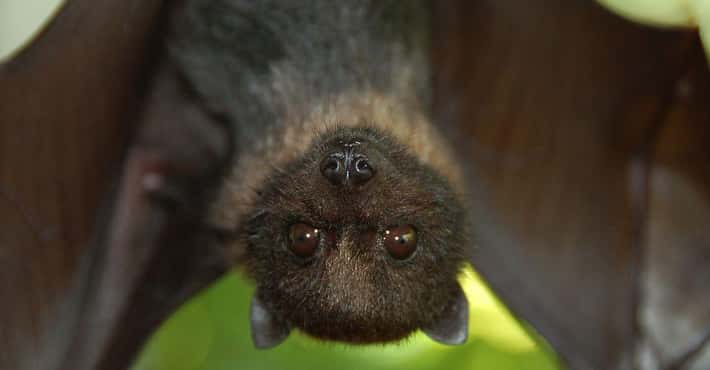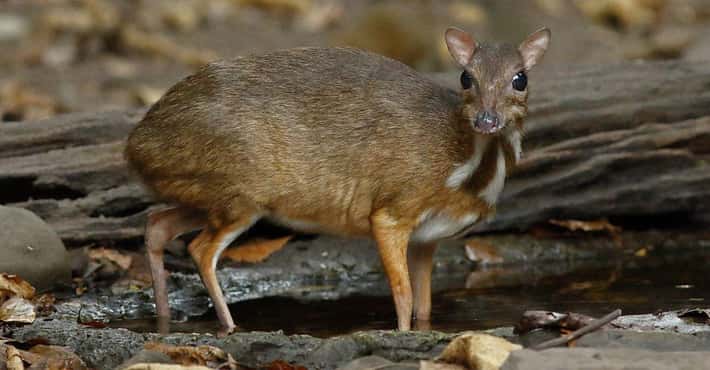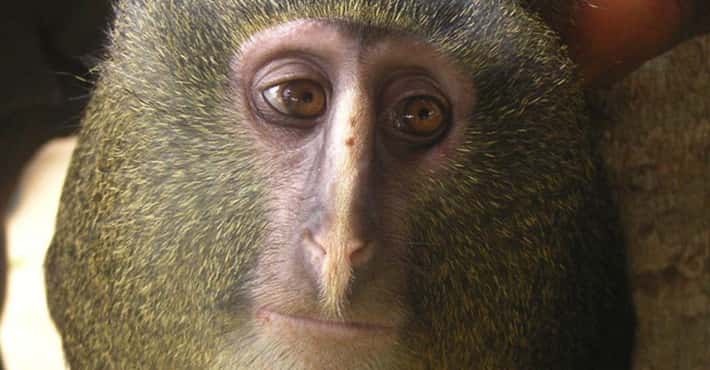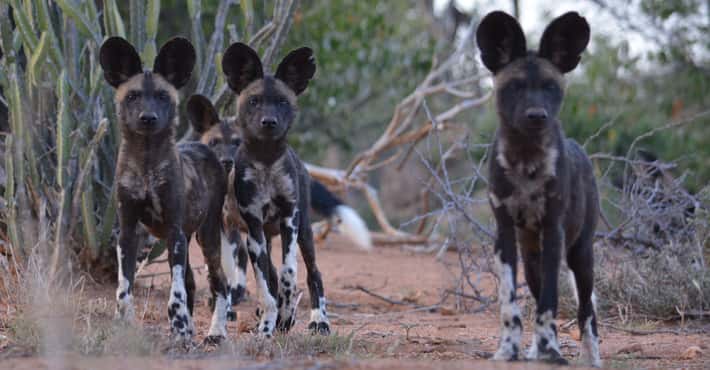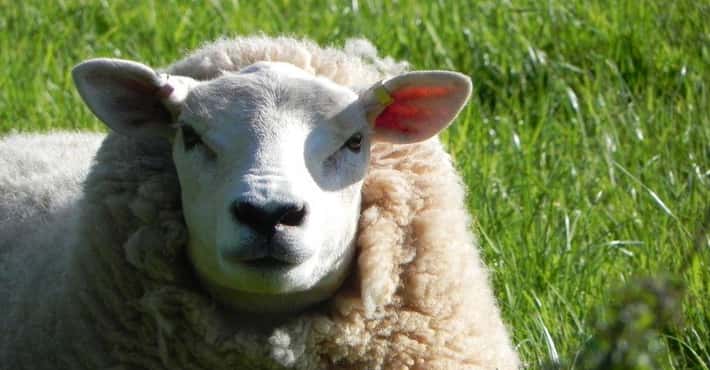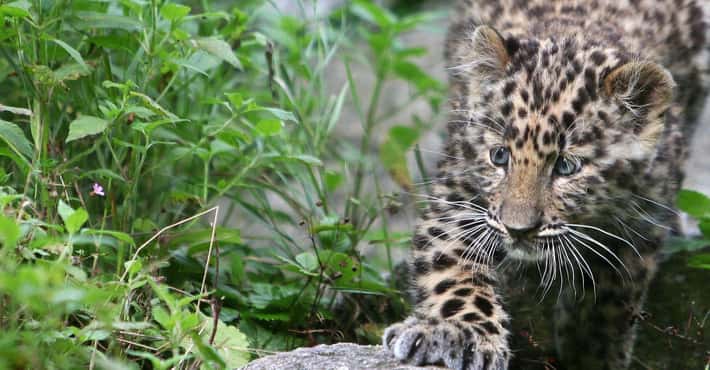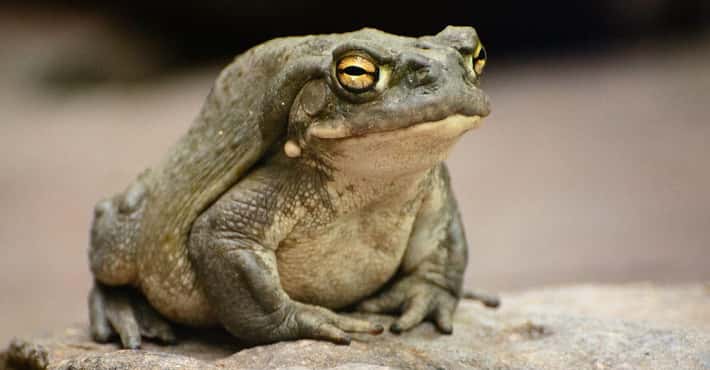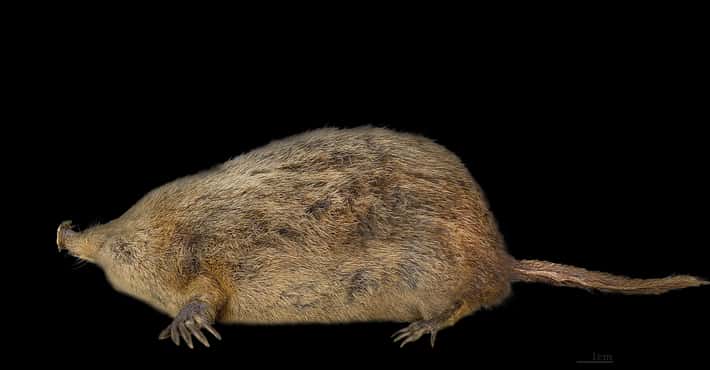Meet The Long-Eared Jerboa―Part Rabbit, Part Mouse, Part Kangaroo And 100% Majestic
Jerboas Can Jump Up To 9.8 Feet
Photo: Yerbolat Shadrakhov / Shutterstock.comJerboas have huge hind legs that let them jump great distances, especially given their height. These little critters tend to leap only five inches at a time, but if they need to escape from a nasty predator, they can hop up to 9.8 feet. They can also reach speeds of 15 miles per hour, which is pretty useful when you're running away from an owl.
A Jerboa's Tail Is Usually Twice As Long As Its Body
The proportions are what make long-eared jerboas the cutest rodents of all. They're super tiny – only about 2.75 to 3.5 inches long. Their tails are actually the largest part of their body (even larger than their ears!). A jerboa's adorable, tufted tail is usually 6.3 inches long, which is more than twice the length of their body.
Giant Ears Keep The Long-Eared Jerboa Cool
Photo: Yerbolat Shadrakhov / Shutterstock.comLong-eared jerboas don't just have giant ears for aesthetics (though they're pretty darn cute!). Big-eared desert animals typically have giant ears to help keep them cool. When blood moves through the ear, heat easily dissipates from the blood vessels along the skin's surface and into the air.
The Jerboa Was Britain's World War II Mascot
These cute little guys are very quick on their feet. This is probably why the adorable, little critters became a mascot for Britain during the second World War. The animal was a symbol for Britain's 7th Armored Brigade, who were also known as the "The Desert Rats" (get it?). Apparently, General Michael O'Moore-Creagh wanted his troops to be able to pop up, look around, and pop down, just like jerboas do in their natural habitats.
Long-Eared Jerboas Are One Of The Only Omnivores In The Jerboa Family
Most jerboas are total vegetarians. They eat a mix of seeds and succulent plants. However, long-eared jerboas need some meat. They primarily feast on insects, making them one of the only omnivores in the jerboa family.
No, You Can't Have A Long-Eared Jerboa As A Pet
Photo: Syt55 / Wikimedia Commons / Public DomainAfter seeing how cute these cuddly little guys are, you may want to have one as a pet. Sorry, but you're better off with a hamster. Jerboas are native to Africa and have been restricted in the US since 2003 because they're carriers of monkey pox. The only way you'll be able to get your hands on a long-eared jerboa is for scientific research.
How Long-Eared Jerboas Breed Isn't Really Known
Not a lot is known about the mating habits of long-eared jerboas. They're thought to be closely related to another jerboa species who breed shortly after hibernation. A mommy jerboa is thought to have two litters during the summer, each having between two to six babies.
Jerboas Party At Night
These little guys are quite the night owls. They spend most of the day avoiding the hot desert heat by hiding in burrows beneath the sand. As soon as the sun goes down, long-eared jerboas come out to play. They're quite active at night and considered nocturnal.
Humans Are The Adorable Jerboa's Biggest Threat
Photo: Yerbolat Shadrakhov / Shutterstock.comThough jerboas are small, they are pretty good at hiding. They do have natural predators, but snakes and other desert wanderers aren't really these cute critters' biggest threats. Scientists and biologists believe that humans are the driving force behind jerboas having a hard time. People are destroying their habitat, which is threatening the species.



